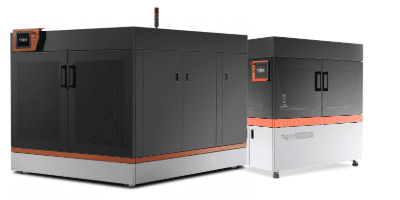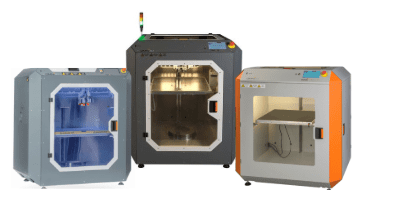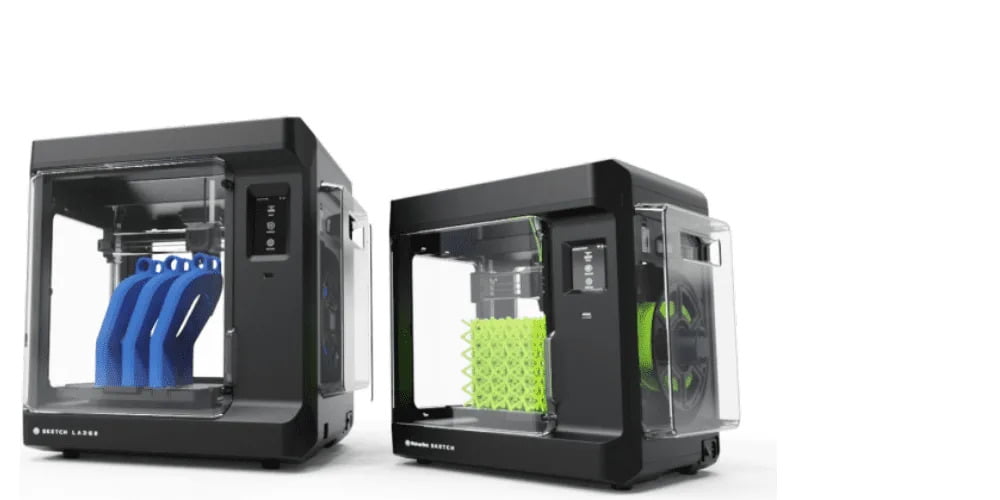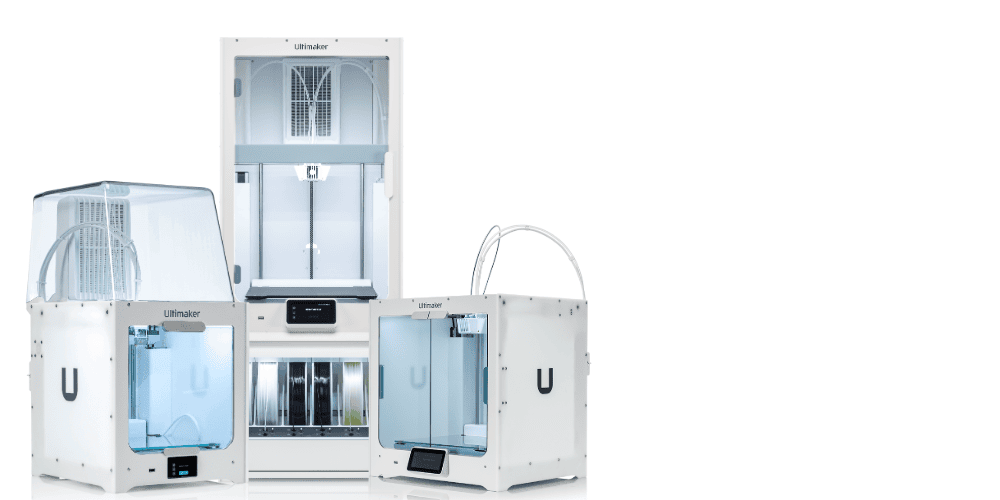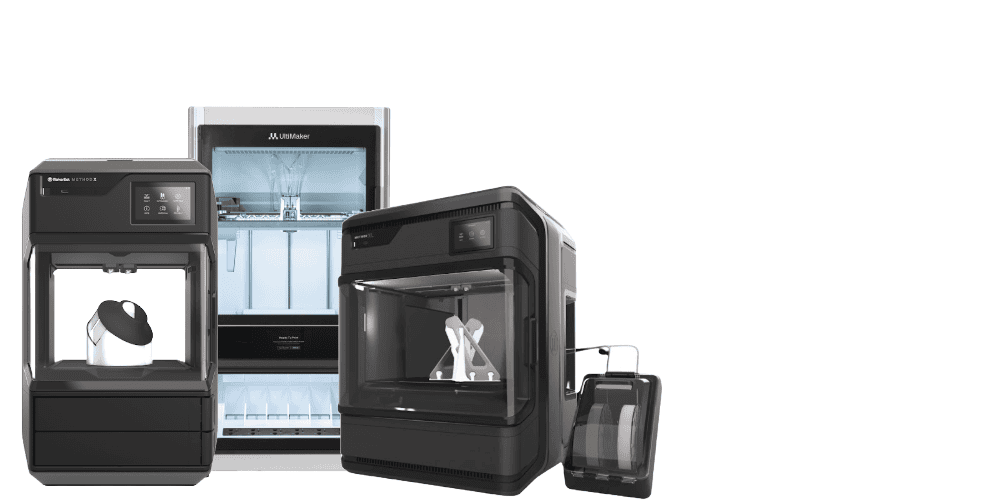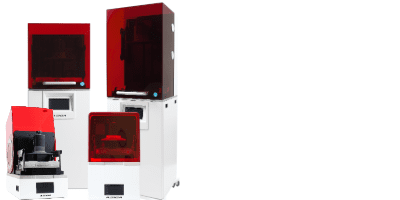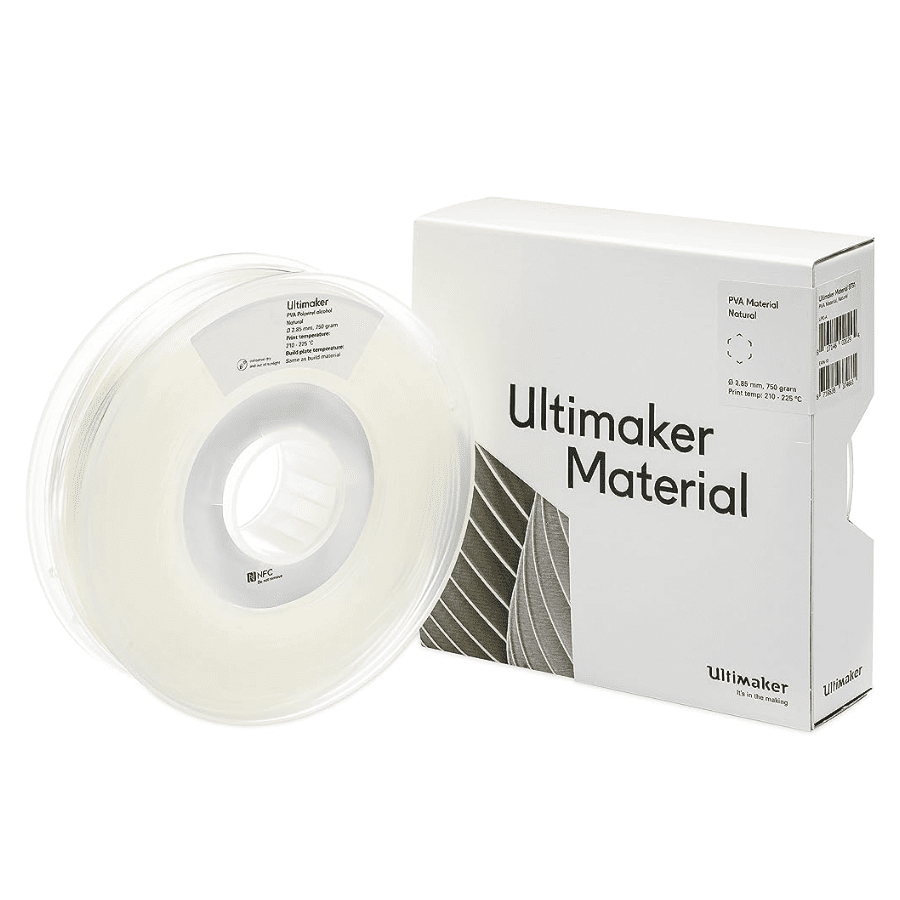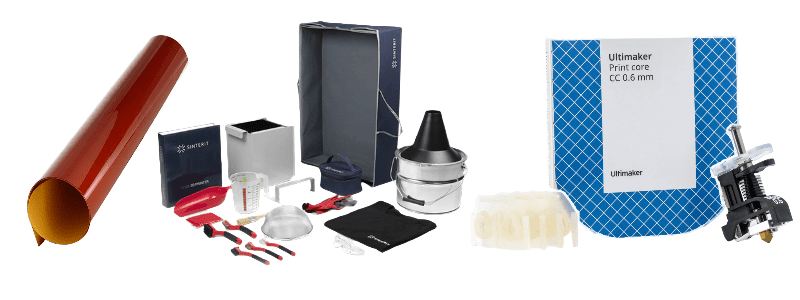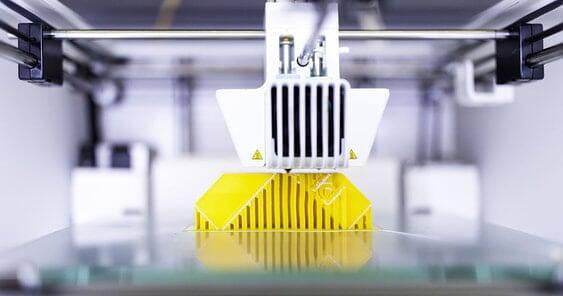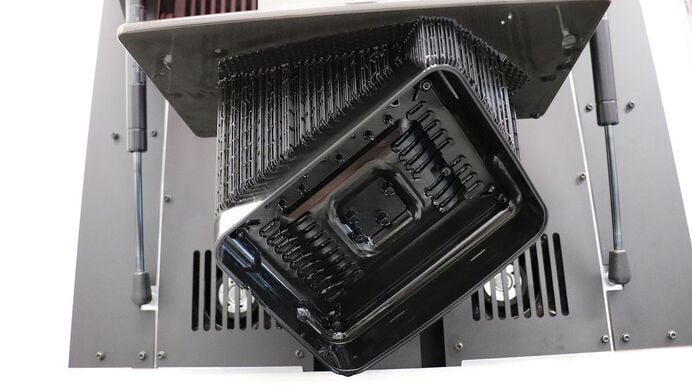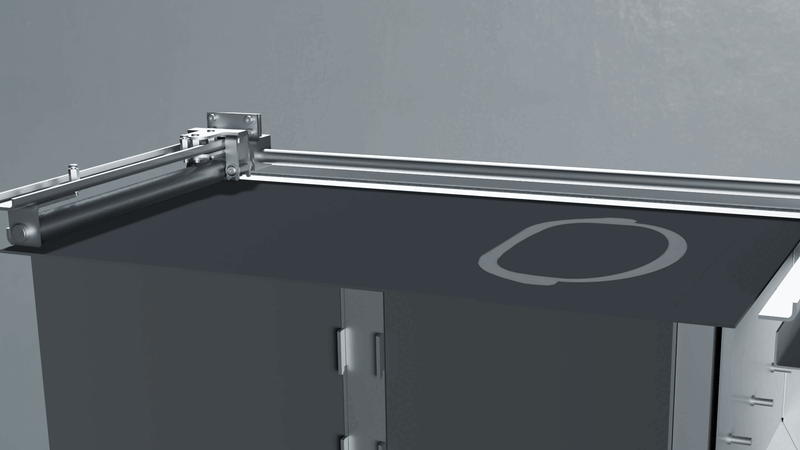What’s the difference between FDM, SLA, and SLS 3D Printing?
When it comes to selecting a 3D printer, today’s market can seem overwhelming. Technical jargon often makes it challenging to understand important distinctions between the different types of production systems, and this can lead individuals to select methods that are a poor fit for their needs. To help avoid this confusion, we want to break down three of the most common additive manufacturing processes used in the 3D printing industry: FDM, SLA, & SLS.
Fused Deposition Modeling (FDM)
Fused Deposition Modeling (FDM), also known as Fused Filament Fabrication (FFF), is the most well-known 3D printing method. In the additive manufacturing realm, it belongs to the category of material extrusion.
In FDM 3D printing, the desired model begins as a computer-aided design (CAD) file. The selected filament, or thermoplastic printing material, is then loaded into the 3D printer and heated to its melting point. The filament is then distributed layer by layer according to the CAD file, and the build plate is lowered accordingly until the print is complete.
Due to the nature of this process, the resolution and accuracy of FDM prints are lower than models printed on SLA or SLS devices. Depending on the goals you have in mind for your print, however, this might be of little importance.
FDM 3D printers are typically used in various industries (automotive, consumer goods, electronics, etc.) for both rapid prototyping and end-use parts. They are excellent for creating low-cost models, and perfect for those who are looking to affordably implement 3D printing into their workflow.
Stereolithography (SLA)
Stereolithography (SLA) belongs to the category of vat polymerization additive manufacturing, and it is actually the oldest known type of 3D printing. Vat polymerization additive manufacturing is a type of 3D printing that uses a vat of liquid resin and an ultraviolet (UV) light to cure the resin layer by layer. As the resin is cured, the build platform adjusts accordingly until your model is complete.
SLA is similar to Direct Light Processing, or DLP, because they both belong under the additive category of vat polymerization. The difference between the two, however, is that the lightsource for SLA printers is a UV laser whereas DLP printers use UV lightsource from a digital projector.
DLP Technology from ASIGA
SLA printing material comes in the form of liquid resin; these resins are incredibly versatile and can cure into a variety of forms with different properties. A support structure is always required and is printed in the same material as the model, but it must be manually removed.
Vat polymerization is beneficial for those who desire high accuracy and a smooth surface finish. It is an excellent type of 3D printing for those looking to create more intricate, detailed prints with complex geometries.
Stereolithography (SLA)
Selective Laser Sintering (SLS) is an additive process that uses a high-powered laser to fuse fine particles of powder together in order to produce a final 3D part. In this process, the printer’s build platform is heated and coated in a layer of powder material. A laser then selectively sinters areas of powder together in order to form a solid layer corresponding with the 3D model. After each layer, the build platform adjusts, a new layer of powder is spread across it, and the process is repeated.
When the print is complete it remains covered in unsintered powder material. This unwanted material can be removed with compressed air, or a sandblaster, and then it is either complete or ready for further post-processing.
SLS is considered a zero waste technology, because unused powder from prints is available for further use. Along with this, it does not require any support structures, because the unsintered powder is able to act as necessary support during the printing process. This allows for flexibility in part orientation and more complex designs.
SLS is a great fit for those seeking final parts with good mechanical properties. Final SLS prints make for excellent prototypes and end-use parts.

